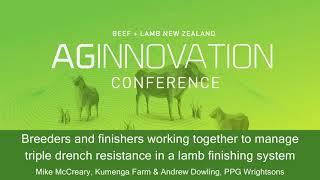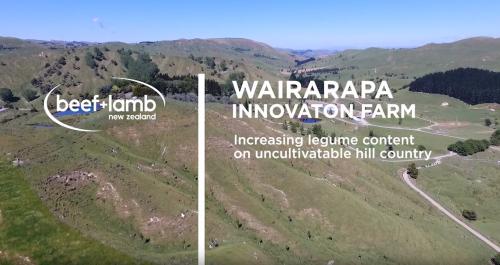Search results
Displaying 361 - 370 results of 980
- Video… impact on finishers farm system; weaning management, vaccinations, quarantine …
- News… subterranean (sub) clover in hill country and dryland pastures and implement management strategies to increase the …

- News… manager and vet Ginny Dodunski discusses the management of light ewes going into winter. …
- Resource book… pattern annual perennial legumes hawkes bay dryland 37 study 2 understanding productivity … seasonality hill country grass species dryland environment 38 stockgrove 40 about … development models related lucerne management resilient hill country farms …
- External resource… services you might need including planning management advice mentoring health information …
- … – and how they’ve performed in the past. Farm management performance indicators are …
- Editable PDF… budget blocks should defined based land uses management systems topography enterprise need … type feed1 paddocks where fed amount imported dry weight animals fed supplements fed out … type feed1 paddocks where fed amount fed dry weight animals fed supplements made farm …
- Factsheet… unnoticed until farmer realises high number dry ewes flock campylobacter campylobacter … only numbers apparently barren ewes control management potential methods manage damaging … include sheep vaccination drug treatment management cats sheep vaccination toxovax …
- Factsheet… build understanding about impacts current management strategies research used provide … vulnerable because less likely have invested management tools strategies without kind … were different different regions current management tools limited may ineffective zinc …
- VideoAs part of the B+LNZ Innovation Farm Programme, Richard Tosswill is leading a project in increasing legume content on uncultivable hill …

